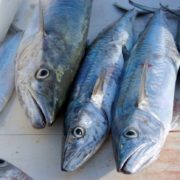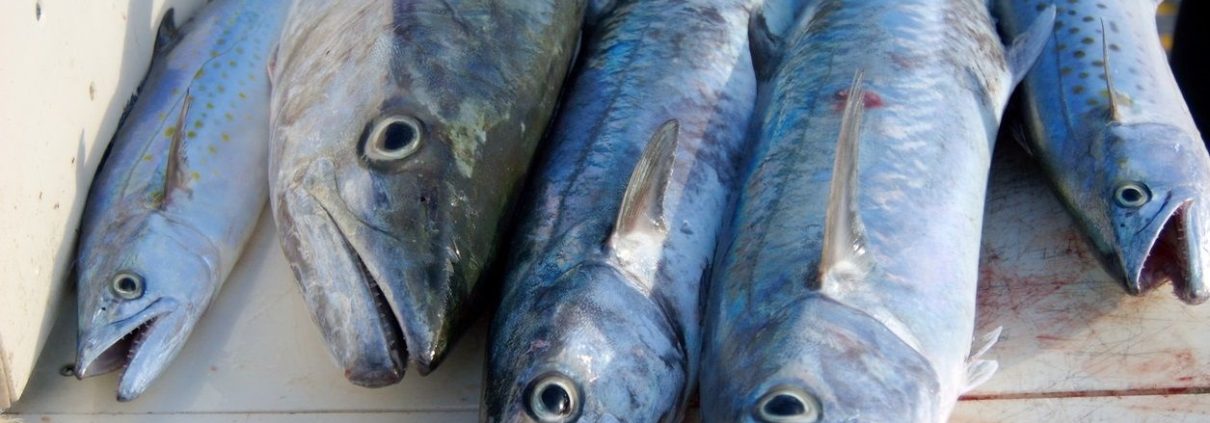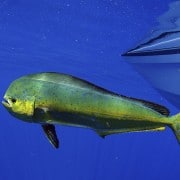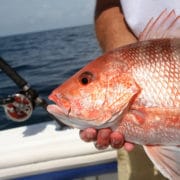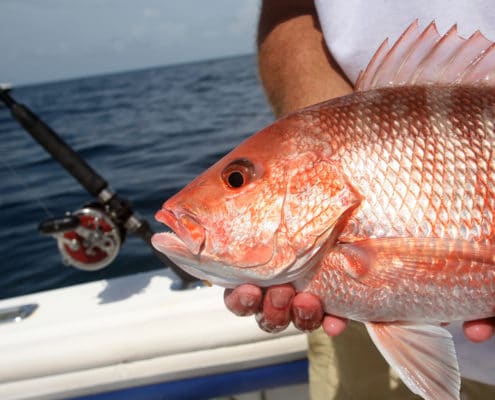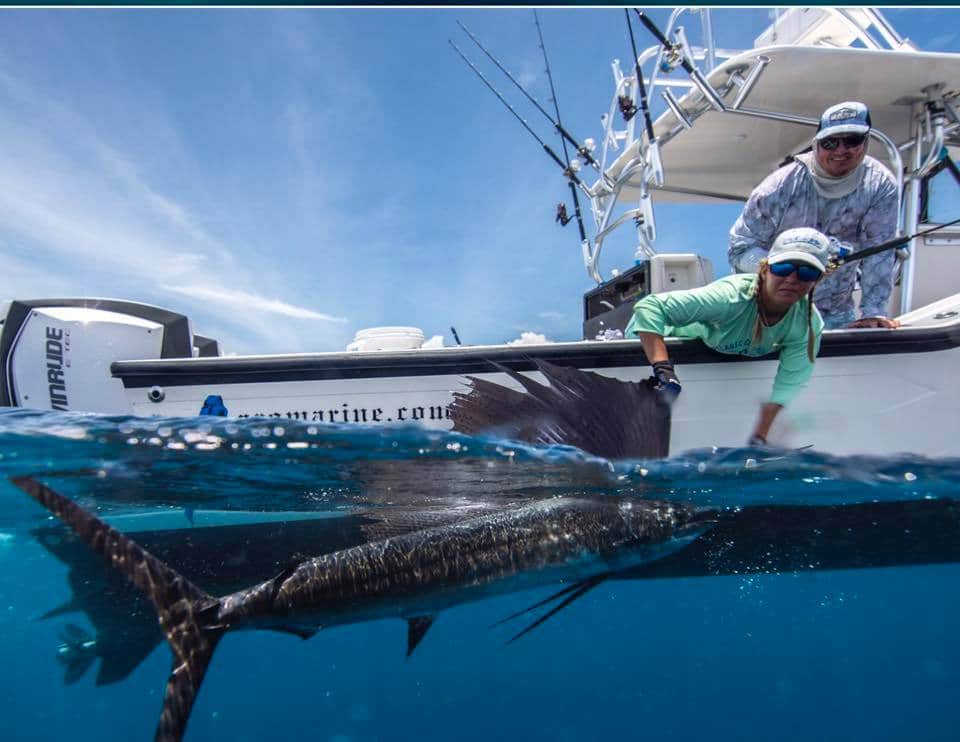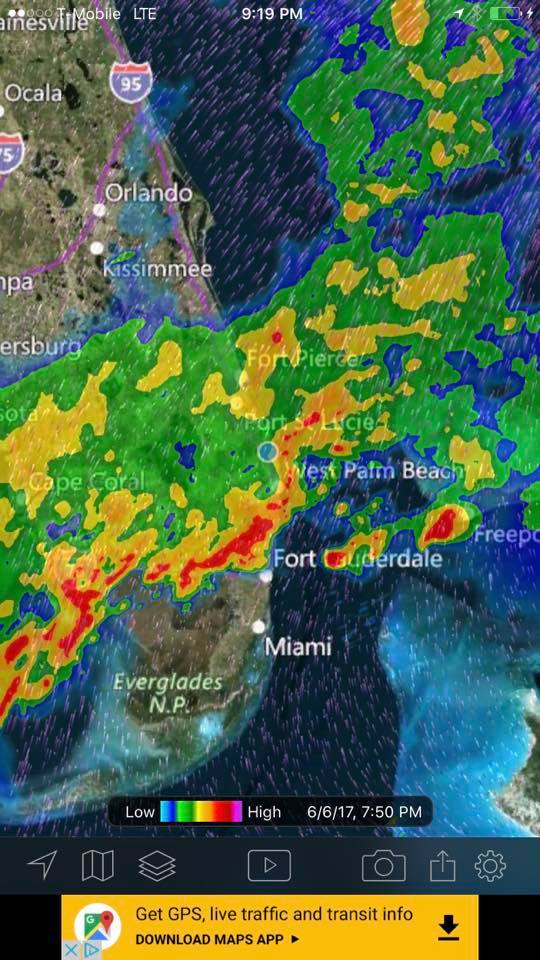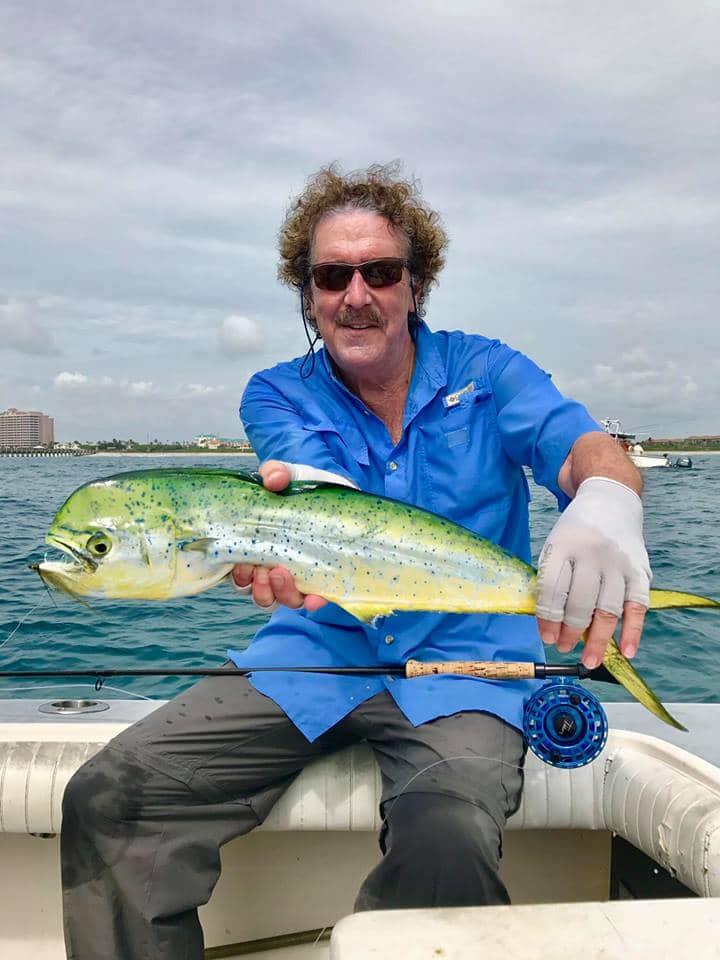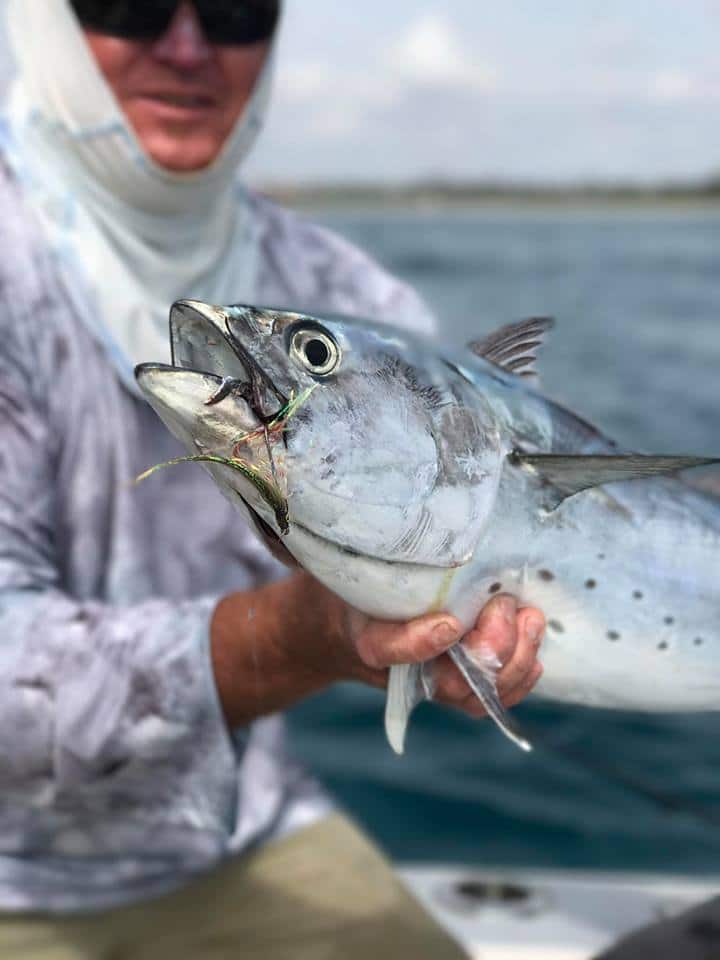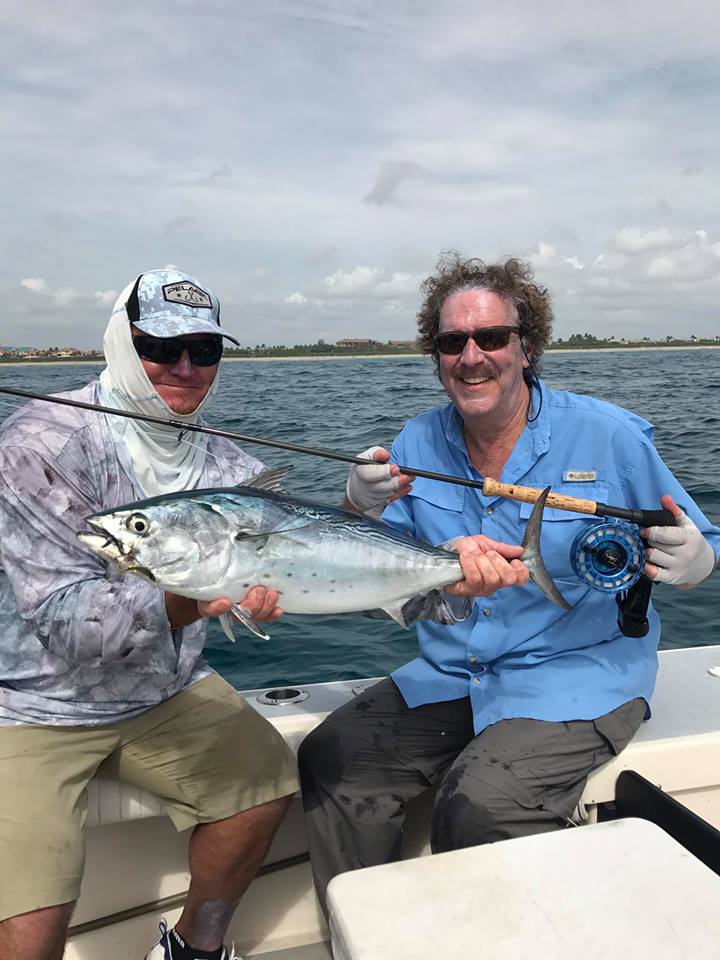Best Kept Secrets for Sailfishing in Jupiter
The city of Jupiter in Florida is known for the annual sail fish hunt. Fishermen all over the United States flock into the city in order to catch the largest sail fish possible. However, catching a sail fish requires a number of skills, and it is not easy to catch one. Several champions in the said sport have given their advice on how to become a successful sail fish hunter. They wanted to spread awareness about hunting for sail fish and wanted everyone to try it out for themselves. The champions have given about 30 tips on how to become a successful sail fish hunter.
Tips from the Champions
According to the champion from Mexico, a successful sail fish hunter must take the temperature of the water in consideration. Based on the data that the Mexican champion presented, sail fish would like to swim in waters which temperatures are about 75 degrees Fahrenheit. Sail fish also wanted to eat live bait, so they make sure that small living creatures are being attached to the end of the rod in order to serve as their bait. The birds in the sky would also make a good sign that sail fish is found beneath the waters, as these birds would dive whenever they are present. Sail fish are one of the main preys of these predators.
Another champion in hunting for sail fish coming from Guatemala has given his tips on how to become successful in this kind of field. He stated that anglers who are hunting for sail fish must not leave their place in the ocean to find other kinds of fish. Patience is a virtue according to him, and if one would wait for some time, the sail fish would apparently arrive. It would also be helpful if there is an active network of fishermen and captains, who are sharing information about the whereabouts of these fishes. They would often contact one another whenever a hotspot full of sail fish is discovered. This way, they can bring home more catches. The Guatemalan champion also left some useful information as to how the movement of the water would affect the appearance of sail fish. He stated that they are regularly changing their feeding habits, and if someone would take not of this pattern, they will be able to find where the sail fish are.
Based on the words of another Guatemalan champion, hunting for sail fish requires strength that can match that of the fish. Whenever a sail fish is being caught, they jump violently out of the water, flipping their tails and releasing a deadly amount of force. People who are hunting these kinds of fish must be cautious about the danger that they can bring. Another tip was to keep the rod low at all times. By keeping the rod low, one can be able to catch the sail fish. Lifting the rod higher than usual would only waste someone’s energy, and it will become more favorable for the sail fish to escape. Hunters should also take note about the slack line. It is very important because once the slack line is not directed into the ocean, it might cause breaks and damages onto the boat.
The champion of Costa Rica has also given his side on how to successfully catch a sail fish. The Costa Rican champion has shared his secret on how he catches the sail fish. According to him, it can be found on the bait that is being used. He stated that the bait should be placed on the end side of the rod, without any lure on it. This way, the sail fish would think that it is a natural prey, and will go near it. There is a huge chance that the sail fish will be caught by using this method. Unlike the rest of the champions, the Costa Rican champion is focusing all of his knowledge in using baits. He is proud to say that they have caught so many sail fish through the methods that they have developed by themselves.
What You Should Do
The tips that are handed out by the champions have to be studied carefully. It is not easy to hunt for sail fish, because these kind of marine animals are just too powerful. One must have extensive knowledge about the animal before they try an attempt to catch them. This sport involving the sail fish has evolved through the years, and with the introduction of better technology today, one can be able to catch the fish without exerting too much effort. However, the government bodies of the world are warning against the extensive sail fish hunting activities that are taking place around the world. They wanted to regulate the sport in order to preserve the natural numbers of sail fish. The good thing about this is that the governments are cooperative enough trying to conserve the sail fish population and at the same time, allowing hunters to fish for them.
Other Activities to Try Out
Charter fishing is one of the newest methods of fishing that are also being enjoyed by tourists. Charter fishing is a little bit expensive, so it is highly recommended that you would do it with a group or with your friends. Jupiter, Florida can also be a great place to eat seafood, as the city abounds with talented fishermen and a blessed stretch of turquoise blue seas.
Beyond Sail Fishing
After catching your first sail fish, you can feel a sense of achievement. Starters who are new to the sport find sailfishing to be an exciting kind of sport. Captain Charlie Stuve, who is the Native Guide, can give out more tips and tricks on how to become a successful sail fish hunter. After taking the first steps in becoming an official sail fish hunter, one would feel the urge to hunt more. This time, a license has to be obtained, but it will allow the fishermen to hunt for more fish. Sailfishing is just one of the activities that can be enjoyed by families and business partners across the United States.



